15 Minutes
Introduction: Why Fantasy Films Matter
Fantasy movies are more than visual spectacle: they are portals that let us examine humanity through dragon fire, fairy dust, or the hush between angels' breaths. Over the past 75 years, fantasy cinema has given us epic sagas, intimate parables, animated wonderlands, and dark fairy tales that still shape how audiences imagine other worlds. This guide—curated for film lovers, series fans, and art-minded readers—ranks ten essential fantasy films released since 1950. Each entry offers a plot summary, cast and crew notes, production context, critical reception, and a brief personal take on what makes the film a lasting contribution to fantasy cinema and movie recommendations lists worldwide.
This lineup blends big-budget blockbusters with international art-house gems and landmark animated classics. Expect sword fights and spell-casting, but also moral fables, meditative metaphysics, and animation that expands the notion of what a fantasy movie can do.
10. 'Ugetsu' (1953)
Plot summary
Set in 16th-century Japan, 'Ugetsu' follows two potters who, seduced by profit and ambition during wartime, leave their villages to sell wares to soldiers. Their decisions fracture marriages and blur the line between reality and the supernatural as ghostly encounters entwine with personal tragedy. The film folds folklore into human weakness, making every spectral visitation feel both inevitable and terrible.
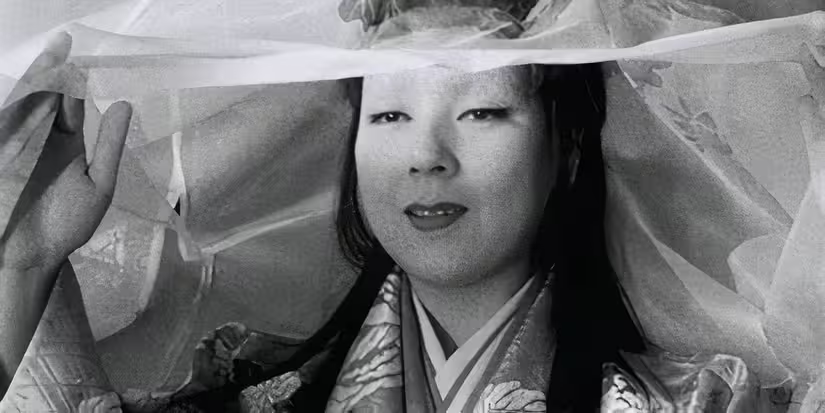
Cast and crew
Directed by Kenji Mizoguchi, one of Japan's most revered filmmakers, 'Ugetsu' stars Masayuki Mori and Machiko Kyo in performances that balance restraint and emotional rupture. Mizoguchi's collaborators—cinematographer Kazuo Miyagawa and composer Fumio Hayasaka—help craft the movie's haunting tone.
Production details
Shot in atmospheric black-and-white, the production prioritized long takes and carefully composed frames to capture the melancholy beauty of its period sets and landscapes. Mizoguchi's meticulous direction emphasized female point-of-view and the moral consequences of personal ambition—an aesthetic choice that elevates folklore into social commentary.
Critical reception
Internationally acclaimed on release, 'Ugetsu' is widely considered a cornerstone of world cinema and a milestone in fantasy-inflected storytelling. Critics praised its visual poetry, moral complexity, and the way supernatural elements are woven so seamlessly into human drama.
Why it matters (personal take)
' Ugetsu' demonstrates that fantasy needn't be loud to be profound. Its ghosts are not simply genre showpieces: they are manifestations of regret and desire. For readers exploring classic fantasy films, this is both an essential art-house entry and a reminder that the genre can interrogate the human heart as eloquently as any drama.
9. 'Harry Potter and the Prisoner of Azkaban' (2003)
Plot summary
Alfonso Cuarón's third film in the Harry Potter cycle shifts the franchise toward darker, more mature terrain. Harry returns to Hogwarts amid looming threats from a fugitive named Sirius Black and the chilling presence of Dementors. The year becomes a growing lesson in fear, trust, and hidden truths about Harry's past.
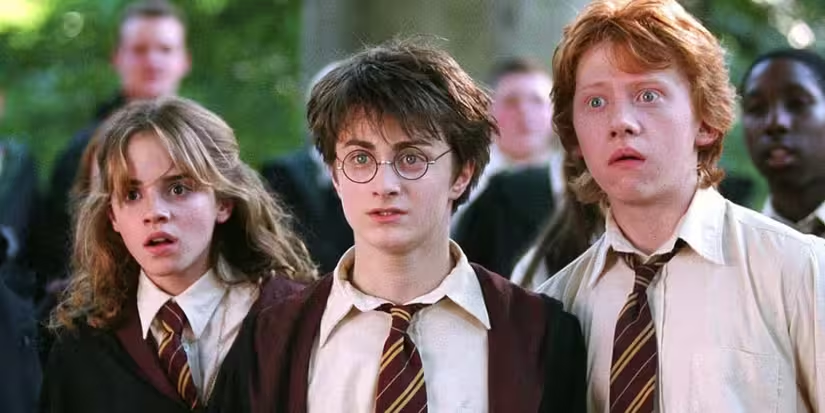
Cast and crew
Daniel Radcliffe, Emma Watson, and Rupert Grint anchor the movie, while Gary Oldman, David Thewlis, and Michael Gambon deepen the adult cast. Cuarón's direction, combined with cinematography by Michael Seresin, brings an unmistakable visual flair to the franchise.
Production details
Cuarón pushed Hogwarts toward a lived-in, autumnal realism—handheld camera work, atmospheric lighting, and creative practical effects blended with CGI. The production design made magical spaces feel tactile and grounded, and the score and sound design supported the film's mood shifts from wonder to dread.
Critical reception
Often cited as the best of the Harry Potter movies, 'Prisoner of Azkaban' was praised for its tonal reinvention, mature themes, and technical achievements. Audiences appreciated its balance between the series' childlike roots and the adult anxieties to come.
Why it matters (personal take)
This film is a blueprint for how established franchises can evolve. It retains the franchise's core magic while expanding emotional and visual language. For viewers hunting top fantasy movies for both adults and families, it's the perfect bridge between wonder and depth.
8. 'Princess Mononoke' (1997)
Plot summary
Hayao Miyazaki's 'Princess Mononoke' follows the young Ashitaka, who seeks a cure for a cursed wound and becomes embroiled in a violent conflict between industrializing humans and the ancient spirits of the forest. Caught between clashing loyalties, he befriends San, the feral 'Princess Mononoke,' and confronts questions of coexistence, violence, and survival.
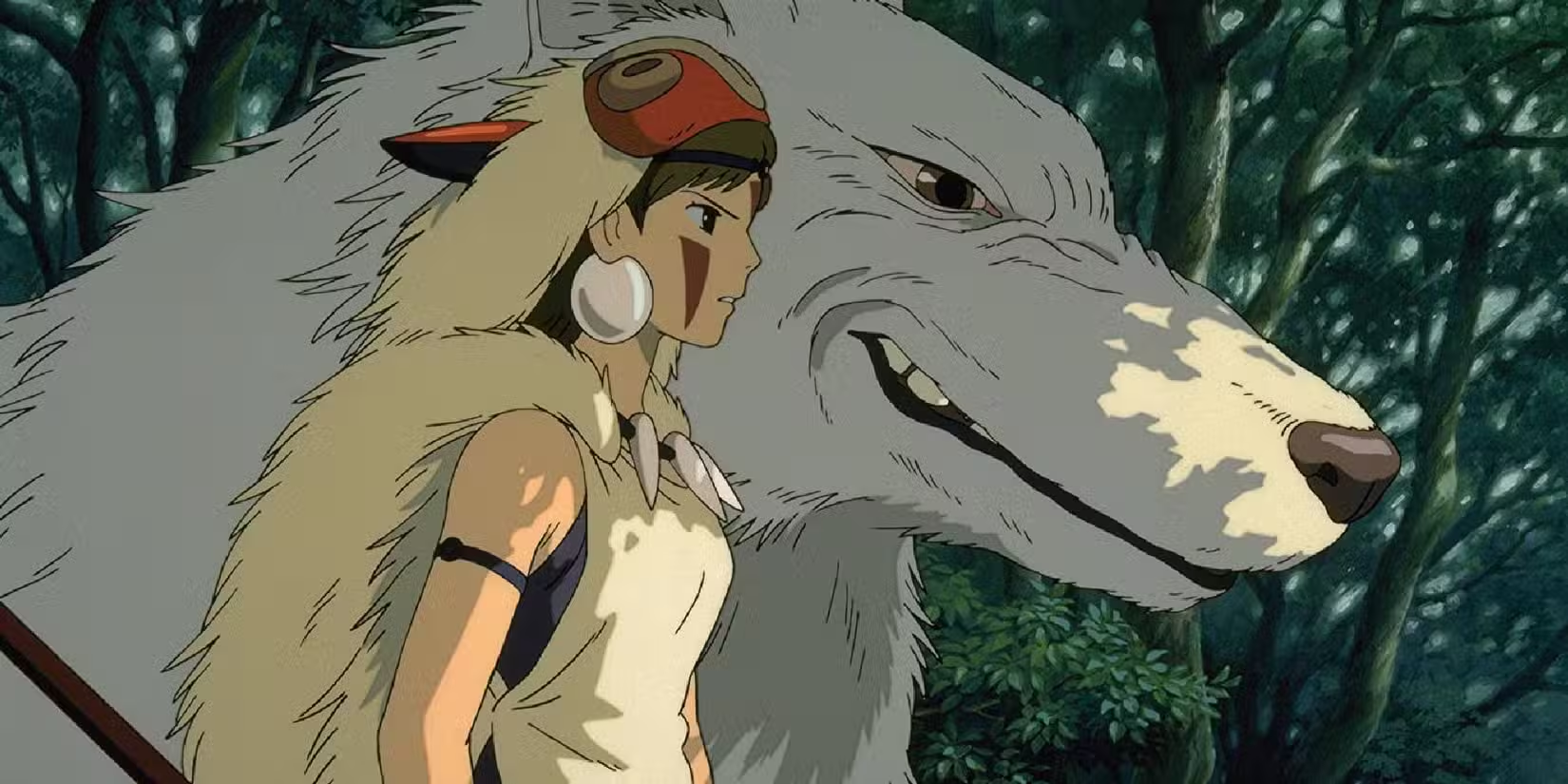
Cast and crew
Directed and written by Miyazaki and produced by Studio Ghibli, the film features rich voice performances (in Japanese and English dubs) and a powerful musical score by Joe Hisaishi.
Production details
The animation blends hand-drawn detail with layered backgrounds and fluid action. Miyazaki's commitment to complex female characters and ambiguous moral lines pushed the film into mature territory, making it a landmark in animated fantasy cinema.
Critical reception
'Princess Mononoke' initially struggled commercially outside Japan but soon earned recognition as an international classic. Critics lauded its environmental allegory, mature storytelling, and visual artistry.
Why it matters (personal take)
For lovers of animation and fantasy alike, 'Princess Mononoke' is a visceral, emotional experience that challenges the simplistic good-versus-evil narrative. It's one of the best fantasy films for viewers seeking thematic depth alongside breathtaking art.
7. 'Wings of Desire' (1987)
Plot summary
Wim Wenders' lyrical fantasy follows invisible angels who watch over a divided Berlin, collecting the inner monologues of its citizens. When one angel falls in love with a mortal trapeze artist, he chooses mortality so he can fully embrace human sensation and love.
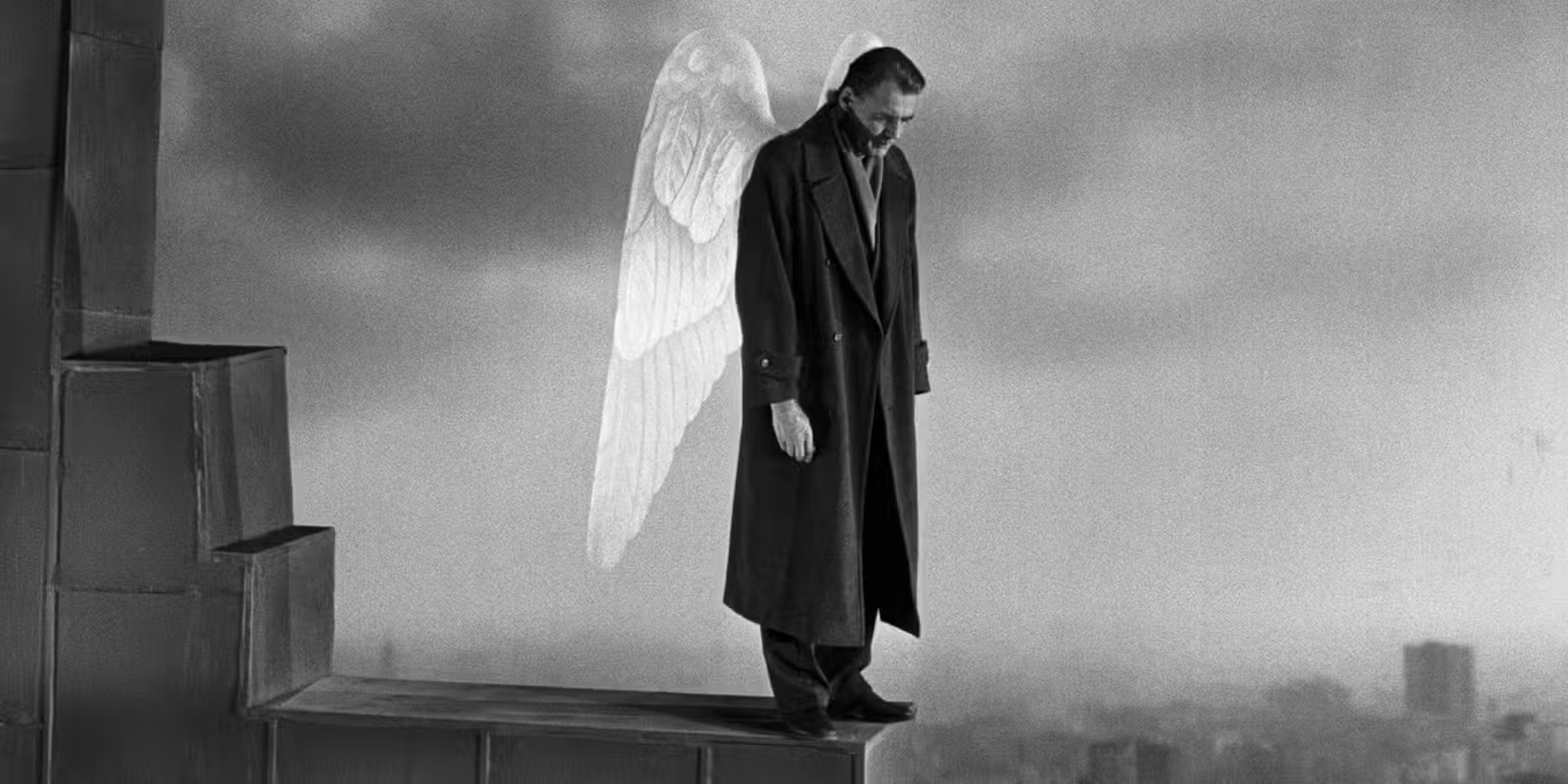
Cast and crew
Starring Bruno Ganz, Solveig Dommartin, and Otto Sander, the film was written and directed by Wenders with cinematography that alternates between monochrome and color to distinguish angelic and human perception.
Production details
Shot largely on location in Berlin, the film uses long takes, voiceover, and a poetic soundscape to emphasize empathy, urban loneliness, and the everyday miracles of life.
Critical reception
Praised as a modern classic, 'Wings of Desire' resonates with cinephiles who appreciate films that use fantasy as a lens for deep humanism. It has influenced filmmakers and inspired an English-language remake and a spiritual sequel.
Why it matters (personal take)
This is fantasy cinema as philosophy—quiet, generous, and heartbreakingly observant. It's one of the best films to watch when you're interested in the intersection of film art, poetry, and spiritual longing.
6. 'The Seventh Seal' (1957)
Plot summary
Ingmar Bergman's austere meditation follows a medieval knight who returns to a plague-ravaged Sweden and plays a chess game with Death to delay his fate. The film spirals into a moral exploration of faith, doubt, and the search for meaning.

Cast and crew
Max von Sydow’s stoic performance anchors the film, with Bergman directing the ensemble. Cinematographer Gunnar Fischer crafted stark, iconic images—most famously, Death silhouetted on a windswept beach.
Production details
Shot in high-contrast black-and-white, the production emphasized symbolic tableaux, theatrical blocking, and existential dialogue rather than spectacle.
Critical reception
A seminal work in world cinema, 'The Seventh Seal' has been studied for decades for its thematic courage and formal innovation. It remains one of the most influential films in art-house and fantasy-inflected cinema.
Why it matters (personal take)
Bergman demonstrates that fantasy can be philosophical and bleakly comic at once. For anyone assembling a list of classic fantasy films, this one is indispensable—a film that uses mythical elements to ask the ultimate human questions.
5. 'The Princess Bride' (1987)
Plot summary
Equal parts romantic swashbuckling and meta-storytelling, 'The Princess Bride' tells the tale of Westley, who embarks on a quest to rescue his true love from villainy. The film riffs on fairy-tale tropes with witty dialogue, memorable duels, and an affectionate self-awareness.
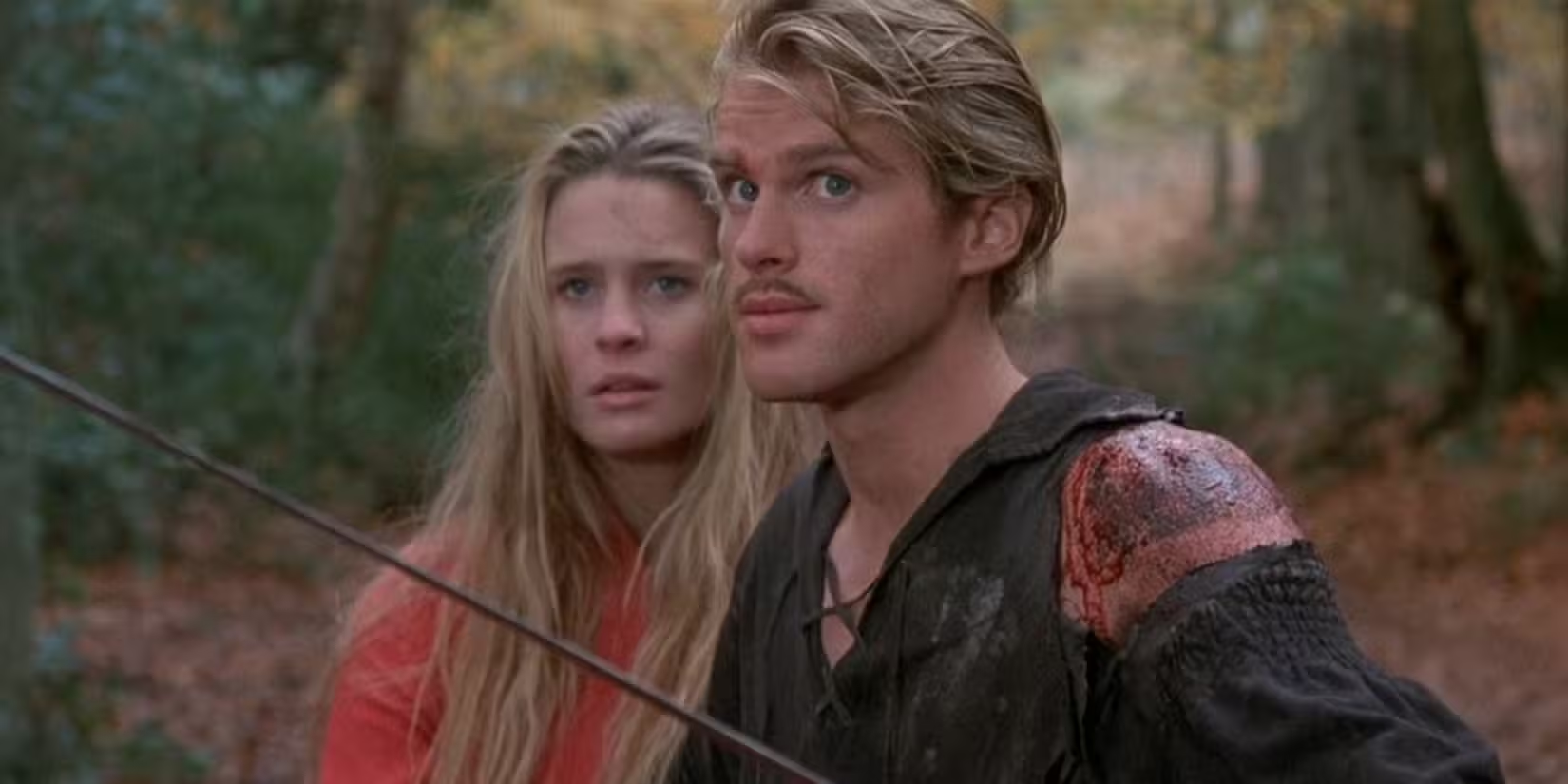
Cast and crew
Directed by Rob Reiner, the film features Cary Elwes, Robin Wright, Mandy Patinkin, Andre the Giant, and Wallace Shawn in a performance ensemble that became instantly quotable.
Production details
A lovingly crafted set of practical effects, costume design, and location work gave the film a timeless, storybook quality. The tight screenplay—based on William Goldman’s novel—balances adventure, humor, and heartfelt romance.
Critical reception
Initially a modest box-office performer, the film grew into cult status and is now frequently cited as one of the most beloved family-friendly fantasy films of the 20th century.
Why it matters (personal take)
'The Princess Bride' is the kind of movie that invites repeat viewing; its charm, cleverness, and warmth make it essential for anyone seeking fantasy films that celebrate storytelling itself.
4. 'Spirited Away' (2001)
Plot summary
Hayao Miyazaki’s modern masterpiece follows Chihiro, a young girl trapped in a bathhouse for spirits who must work, learn, and grow to rescue her parents and return to the human world. The film is both a whimsical adventure and a moving coming-of-age tale.
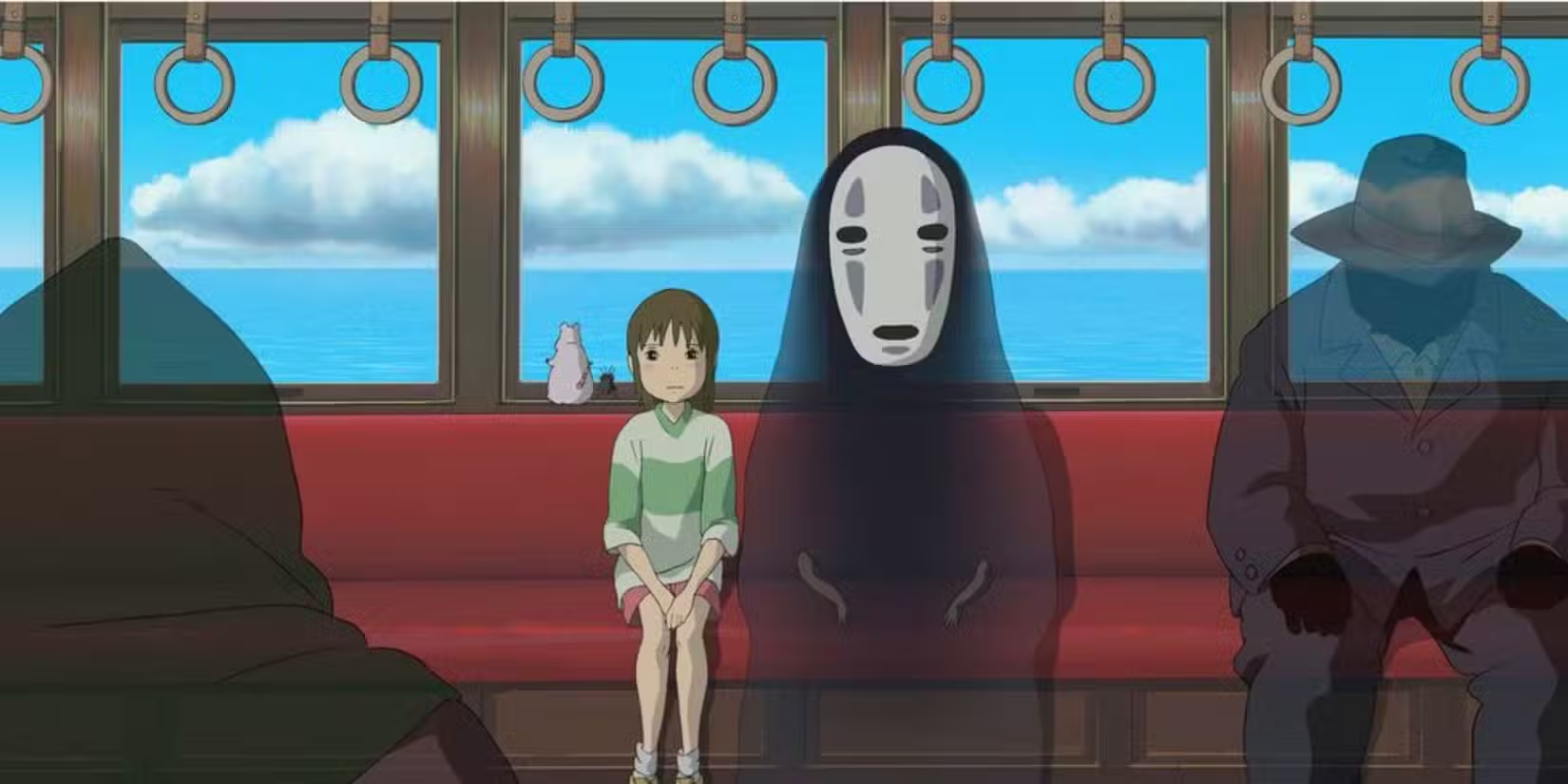
Cast and crew
Directed by Miyazaki, produced by Studio Ghibli, and featuring a score by Joe Hisaishi, 'Spirited Away' blends delicate voice performances with stunning hand-drawn animation.
Production details
The film’s imaginative world-building, textured animation, and attention to mundane childhood fears elevate it into a mythic yet intimate experience. Every creature and corridor feels designed to reveal a lesson.
Critical reception
Winner of the Academy Award for Best Animated Feature, 'Spirited Away' is often called one of the greatest animated films ever made. Critics and audiences alike laud its storytelling, symbolism, and emotional truth.
Why it matters (personal take)
For families and adults alike, this is a top fantasy movie: it proves animation can carry the emotional weight of the best live-action films while remaining lushly imaginative.
3. 'Pirates of the Caribbean: The Curse of the Black Pearl' (2003)
Plot summary
A rollicking, R-rated-feeling family adventure, the film pairs blacksmith Will Turner with the roguish Captain Jack Sparrow to rescue a kidnapped Elizabeth and confront a cursed crew of undead pirates.
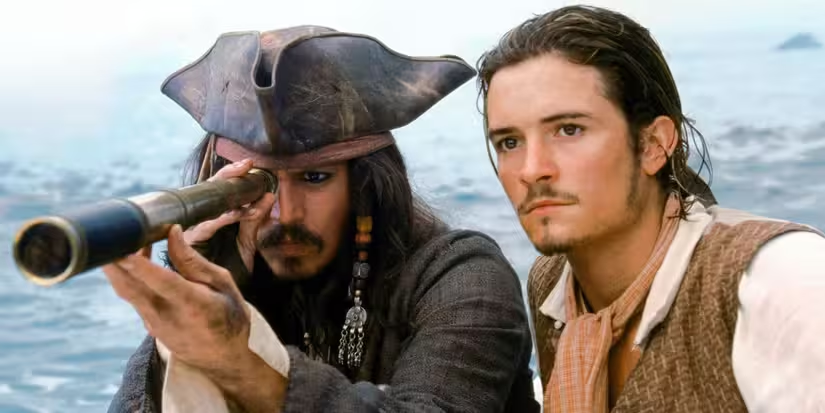
Cast and crew
Johnny Depp’s iconic, eccentric Captain Jack Sparrow anchors the film, supported by Orlando Bloom, Keira Knightley, and Geoffrey Rush. Directed by Gore Verbinski with a rousing score from Hans Zimmer, the movie mixes period swashbuckling with supernatural fantasy.
Production details
The production fused practical stunts and detailed set pieces with CGI to create the cursed crew’s eerie look. Depp’s improvisational energy reshaped the film’s tone into something unpredictably comic and thrilling.
Critical reception
Unexpectedly successful, the film revitalized the pirate genre. Critics praised its fun energy, Depp’s performance, and the cinematic scope of its action sequences.
Why it matters (personal take)
As a pure escapist fantasy, it’s hard to beat. For audiences searching for the best fantasy films that prioritize adventure, character charisma, and blockbuster production value, this is a top pick.
2. 'Pan’s Labyrinth' (2006)
Plot summary
Guillermo del Toro's dark fairy tale follows Ofelia, a girl in Francoist Spain who discovers a labyrinth and a faun who sets her on three perilous tasks. The film juxtaposes brutal historical reality with grotesque mythic creatures.
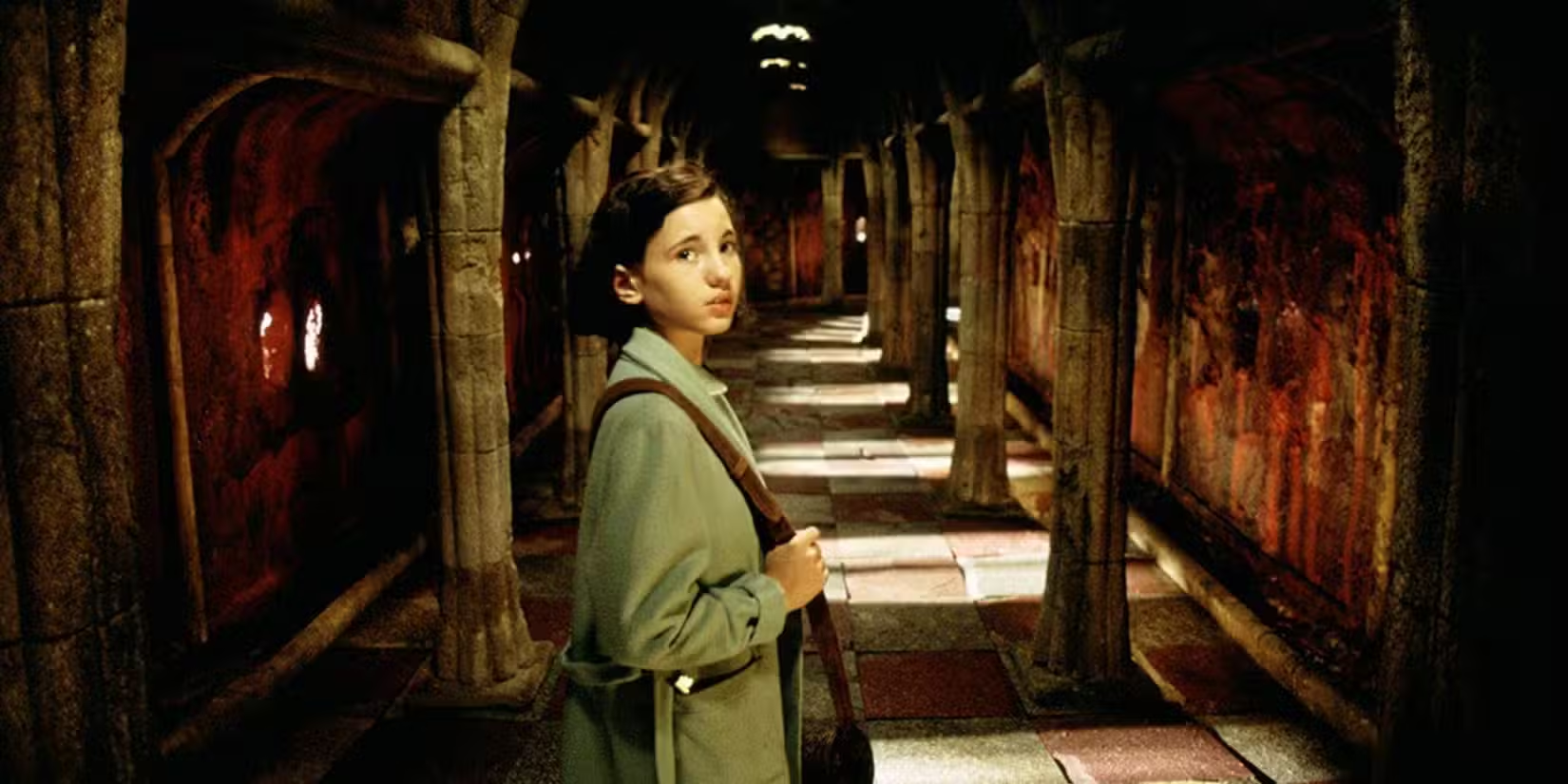
Cast and crew
Starring Ivana Baquero, Sergi López, and Maribel Verdú, and directed by del Toro, the film showcases masterful creature design, haunting cinematography, and a score that underlines both wonder and terror.
Production details
Del Toro combined practical effects, prosthetics, and subtle CGI to bring monstrous designs like the Pale Man to life. The production’s attention to tactile detail made the fantastical elements viscerally convincing.
Critical reception
Universally praised, 'Pan’s Labyrinth' won multiple awards and is hailed as a peak of modern dark fantasy. Critics admired its narrative courage and emotional bluntness.
Why it matters (personal take)
This film redefines how fantasy can confront historical trauma. It’s essential viewing for those who want their fantasy films to be both beautiful and unflinching.
1. 'The Lord of the Rings' Trilogy (2001–2003)
Plot summary
Peter Jackson's epic adaptation follows Frodo Baggins and the Fellowship as they attempt to destroy the One Ring in the fires of Mordor. The trilogy combines intimate character arcs with immense battles and mythic stakes.
.avif)
Cast and crew
Led by Elijah Wood, Ian McKellen, Viggo Mortensen, and an ensemble cast, the trilogy was directed by Peter Jackson and supported by a massive creative team including Weta Workshop, Howard Shore (score), and numerous international technicians.
Production details
A landmark in production design and visual effects, the films were shot in New Zealand with pioneering motion-capture, miniatures, prosthetics, and large-scale battle choreography. The trilogy’s scope reshaped modern blockbuster fantasy filmmaking.
Critical reception
An industry and audience phenomenon, the trilogy won multiple Academy Awards (including Best Picture for 'Return of the King'), set box-office records, and established a template for high-fantasy adaptation.
Why it matters (personal take)
Few cinematic achievements marry world-building, character intimacy, and technical bravura as completely. For anyone exploring the best fantasy movies of all time, this trilogy is both a high-water mark and a touchstone for everything that followed.
Looking Across the List: Trends and Themes
Across these ten films you’ll notice a few recurring strengths of fantasy cinema: the ability to make the invisible visible, to dramatize ethical dilemmas through mythical metaphors, and to use design and score to create worlds that feel lived in. The list spans international cinema and multiple subgenres: dark fairy tales (del Toro), poetic supernaturalism (Mizoguchi, Wenders), animated epics (Miyazaki, Ghibli), and blockbuster spectacle (Jackson, Verbinski). Together they demonstrate the genre’s elasticity and its capacity to speak to diverse audiences—from children discovering wonder to adults seeking moral and philosophical reflection.
How to Watch: Recommendations by Mood
- If you want visual poetry and quiet dread: start with 'Ugetsu' or 'The Seventh Seal'.
- For family-friendly wonder and emotional growth: choose 'Spirited Away' or 'The Princess Bride'.
- For dark, sophisticated fantasy: watch 'Pan’s Labyrinth' and 'Princess Mononoke'.
- For grand, cinematic escapism: begin a 'Lord of the Rings' marathon or enjoy the high-seas thrills of 'Pirates of the Caribbean'.
- For gentle, philosophical romance: 'Wings of Desire' is the choice.
Final thoughts: Why these films endure
Great fantasy movies linger because they ask us to imagine differently—not just other worlds, but other ways of being in our own. Whether through the intimate ache of an angel learning to love, the impossible stakes of a hobbit’s journey, or the monstrous truths of a dictator’s world refracted into a child’s quest, these films remain essential. They teach us about courage, compromise, grief, hope, and the strange alchemy that turns story into shared experience.
If you’re building a watchlist of the best fantasy films, this selection covers the emotional breadth, technical achievement, and narrative richness that make fantasy cinema one of the most vital corners of film culture. Happy viewing—may your next movie transport you.
Source: collider


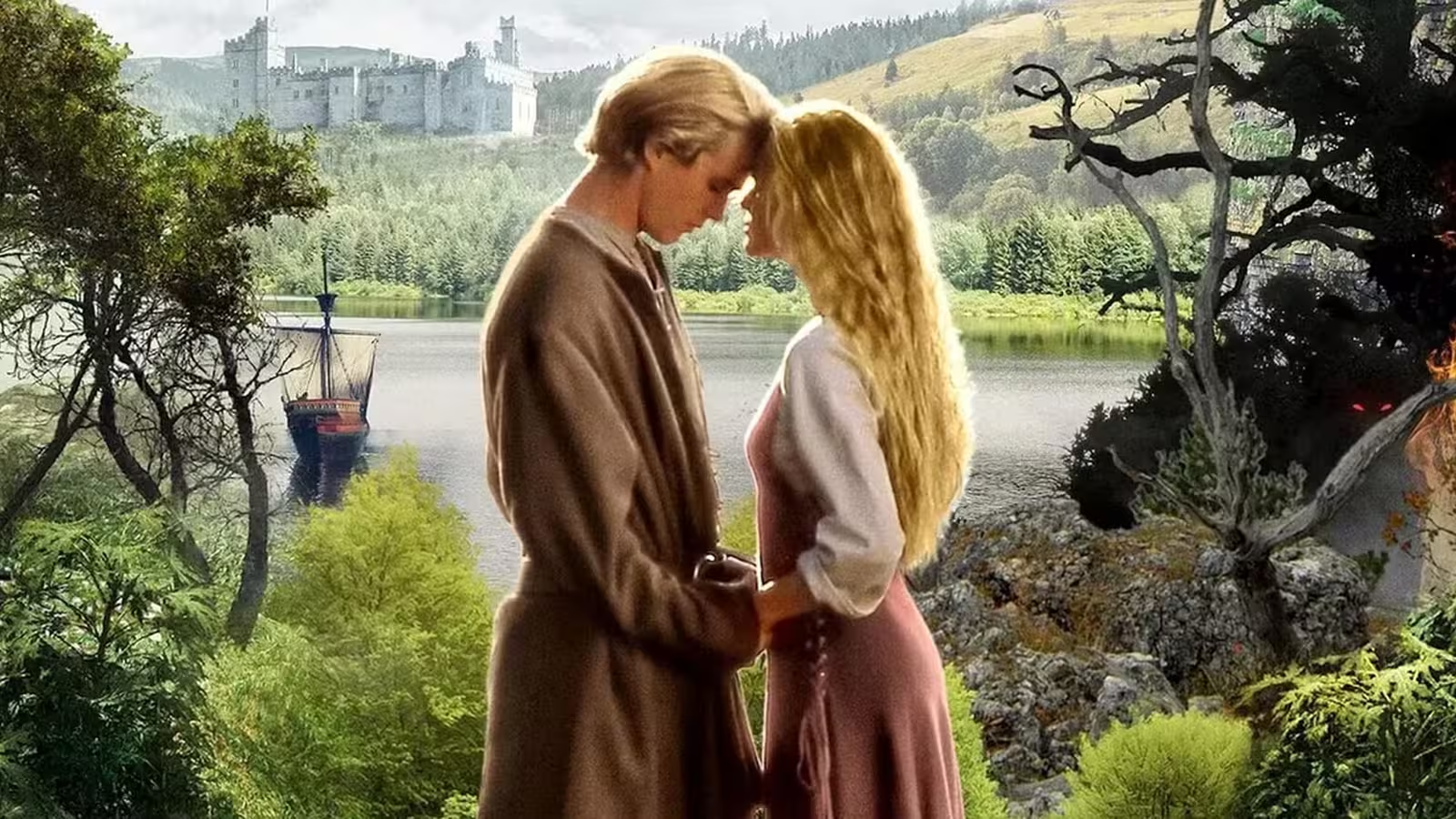
Leave a Comment